Aquatic Therapy
Table of Contents
Definition/Description
Aquatic therapy, also known as water therapy or hydrotherapy, is a specialized form of physical therapy that takes place in a pool or other water-based environment. It utilizes the unique properties of water to facilitate rehabilitation, relieve pain, and promote overall well-being.
Water provides a buoyant and supportive medium that reduces the impact on joints, making it an ideal environment for individuals with musculoskeletal conditions, mobility limitations, or chronic pain. The buoyancy of water helps to counteract the effects of gravity, allowing individuals to move with less effort and pressure on their bodies.
The purpose of this therapy is muscle relaxation, improving joint movement, and reducing pain. This therapy is been applied for thousands of years.
Aquatic therapy offers numerous benefits. The water’s resistance provides gentle yet effective resistance training, which helps to improve strength, endurance, and range of motion. The hydrostatic pressure exerted by the water promotes circulation and reduces swelling, making it particularly beneficial for individuals with edema or circulatory problems.
Moreover, the warmth of the water enhances muscle relaxation, reduces muscle spasms, and eases pain, offering a soothing and therapeutic experience. The aquatic environment also encourages relaxation and reduces stress, allowing individuals to engage in their therapy sessions with a sense of calm and comfort.
Physiotherapists are often included in hydrotherapy in a rehabilitation setting. Patient satisfaction and faithfulness to this form of exercise are repeatedly high. The therapeutic effects are frequently improved by the social setting of the sessions.
Hygiene and infection control are required to be closely monitored.
Physical properties of water
The common with other forms of the condition, water has certain physical properties which associate with mass, weight, viscosity, density, buoyancy, Hydrostatic pressure, surface tension, refraction, and reflection.
Physiotherapists focus on buoyancies and hydrostatic pressure in Aquatherapy.
Buoyancy
Buoyancy is the force experienced as an upthrust that moves in the opposite direction to the force of gravity. A body in water is therefore put through two opposing forces. When the weight of the floating body equals the weight of the liquid change, and the centers of buoyancy and gravity are in the same vertical line, the body is in stable equilibrium. Forces cause the body to roll over, achieving stable equilibrium when centers are not in the same vertical line.
Hydrostatic pressure
The molecules of a fluid soar on each part of the surface space of an immersed body. Pascal’s law discusses that fluid pressure is applied equally on all surface areas of an absorbed body at rest at a given sensitivity. Pressure encourage by the density of the fluid and its dept. Exercises below the water surface reduce swelling with increased pressure.
The hydrostatic pressure placed on the outside of the body causes a drop in Blood Pressure (BP) peripherally and an increase in the BP in and around the heart. This can create potential problems for eg Chronic Heart Failure (CHF) and Coronary Artery Disease CAD) patients and is necessary to be taken into reflection. The greater the depth the greater the substitute described above would be.
Therapeutic Effects
- Relieve pain and muscle spasms.
- To gain relaxation.
- To re-educate paralyzed muscles.
- To strengthen weak muscles and to progress their power and endurance.
- To inspire walking and other functional and recreational activities.
- To help circulation ( trophic condition of the skin ).
- To give the patient stimulation and confidence in transmitting his exercises, thereby improving his morale.
- Water heat blocks nociception controls spinal segmental mechanisms and stimulates blood flow for muscle relaxation.
- The hydrostatic effect can relieve pain by reducing peripheral swelling and by reducing empathic nervous system activity.
They mention that monitored aquatic-based exercises effectively improve muscle strength, fatigue, quality of life, and skin disease activity more than land-based exercises in children with immature dermatomyositis.
Physiological Effects
The physiological effects of water therapy associate those shown by the hot water of the pool with those of the exercises. The extent of the effects differs with the temperature of the water, the distance of the treatment, and the type and severity of the exercise.
The physiological effects of exercise in water are similar to these of exercise on dry land. The blood supply to the working muscles is increased, heat is developed with each chemical change occurring during the contraction, and the muscle’s temperature rises. There is an increased metabolism in the muscles followed by a greater demand for oxygen and increased production of carbon dioxide. The particular changes enhance the similar changes shown by the heat of the water, and both contribute towards the final effect. The range of joint motion is either maintained or high, and muscle power accelerates.
During the immersion, the physiological effects are similar to those led about by any other form of heat but less localized. A rise in body temperature is certain because the body makes heat from the water and from all the contracting muscles performing the exercises. As the skin becomes heated the superficial blood vessels expand and the peripheral blood supply is increased. The blood flowing through these vessels is heated and by conduction, the temperature of the underlying structures rises.
The relatively mild heat of the water decreases the sharpness of sensory nerve endings and the muscle tone does decrease when the muscles are warmed by the blood passing through them.
Contraindication
- Serious Contraindications
- Cardiovascular disease
- Cardiopulmonary disease
- Diabetic
- Balance
- Incontinence
- Labyrinthitis
- a cold
- Influenza
- Fever
- skin conditions
- Chemical allergies (Chlorine)
- Absolute Contraindications
- Contagious diseases
- Hepatitis
- Tracheotomy
- Urinary tract infection
- Serious Epilepsy
- Urinary incontinence
- Open Wounds
- Recently Surgery
- Hydrophoby
History of Aquatic Therapy
The use of water for therapeutic intention first dates back to 2400 B.C. in the form of hydrotherapy, with records mentioning that ancient Egyptian, Assyrian, and Mohammedan cultures utilized mineral waters which were thought to have therapeutic properties through the 18th century.
Dr. Lowman developed therapeutic tubs in 1911 for cerebral palsy and spastic patients in California, inspired by Chicago’s wooden exercise tanks.
The creation of the Hubbard Tank proceeded by Leroy Hubbard, launched the improvement of modern aquatic therapy and the development of modern techniques including the Halliwick idea and the Bad Ragaz Ring Method (BRRM). 1930s research focused on aquatic exercise, pool treatment, and spa therapy.
Introduced underwater that was applied to support and restore muscle function lost by physical deformities. The National Foundation for Infantile Paralysis started utilizing corrective swimming pools and Lowman’s method for the treatment of poliomyelitis in the 1950s.
The American Physical Therapy Association (APTA) understand an aquatic therapy member within the APTA in 1992, after a vote within the House of Consul of the APTA in Denver, CO after pressuring efforts lead starting in 1989 by Judy Cirullo and Richard C. Ruoti.
Techniques of Aquatic Therapy
Techniques for aquatic therapy include the following:
- Ai Chi: Ai Chi, proceeded in 1993 by Jun Konno, exercises diaphragmatic breathing and active progressive resistance training in water to relax and strengthen the body, based on the aspect of qigong and Tai chi chuan.
- Aqua running: Aqua running (Deep Water Running or Aqua jogging) is a form of cardiovascular conditioning, including running or jogging in water, useful for injured athletes and those who want a low-shock aerobic workout. Aqua speed is performed in deep water apply a floatation device (vest or belt) to assist the head above water.
- The Bad Ragaz Ring Method (BRRM) focuses on the rehabilitation of neuromuscular function work patterns of therapist-assisted exercise to do while the patient is horizontal in the water, with support given by rings or hanging the neck, arms, pelvis, and knees.BRRM is an aquatic PNF fusion of German and American physiotherapists’ land-promised exercises.
- Burdenko Method: The Burdenko Method, originally developed by Soviet professor of sports medicine Igor Burdenko, is a combined land-water therapy approach that progresses balance, coordination, flexibility, endurance, speed, and strength using the same methods as professional athletes. The water-based therapy uses bouncy equipment to challenge the center of buoyancy in vertical positions, exercising with movement in many directions, and at several speeds ranging from slow to fast.
- Halliwick Concept: The Halliwick thinking, originally progressed by fluid mechanics engineer James McMillan in the late 1940s and 1950s at the Halliwick School for Girls with Disease in London, focuses on the biophysical needed of motor control in water, in the specific understanding of balance (equilibrioception) and core stability. The Halliwick Ten-Point Program affects the concept in a progressive program of mental reconciliation, and development of motor control, with stress on rotational control, and applies the program to teach physically paralyzed people to balance control, swimming, and independence.
- Watsu: Watsu is a form of aquatic bodywork, originally develop in the early 1980s by Harold Dull at Harbin Hot Springs, California, in which an aquatic therapist constantly supports and guides the person receiving treatment through a series of flaccid movements and stretches that induce deep relaxation and provide therapeutic benefit. In the late 1980s and early 1990s, physiotherapists start to use Watsu for an extensive range of orthopedic and neurologic conditions and to conform the approach for use with injury and disability.
Applications and effectiveness of Aquatic Therapy
A 2006 systematic analysis of the effects of aquatic interruption in children with neuromotor disability found a “substantial short of evidence-based research estimates the specific effects of aquatic obstruction in this population”.
Aquatic therapy in warm water has been declared to have a positive effect on the aerobic capacity of people with fibromyalgia. It is still uncertain if land therapy is better than aquatic therapy though it has been shown that aquatic therapy is as effective as land base therapy. There are advantageous infections for patients with fibromyalgia that follow from aquatic therapy such as a reduction in articulate load as to an individual’s biomechanics.
Currently, there is no organize aquatic therapy protocol for people post-blow however it is safe to terminate that aquatic therapy could be more effective than land-based therapy for helping balance and strength. There is poor evidence regarding the discovery of the functional independence of people post-stroke.
Aquatic therapy improves cardiopulmonary function by increasing pulse pressure, cardiac volume, and blood flow to the heart at lower speeds.
Oxygen digestion is grow with exercise, and heart rate is increased at higher temperatures, and diminishes at lower temperatures. However, absorption can worsen effects in cases of valvular shortage due to this cardiac and stroke volume increase. The aquatic environment is also not suggested for those who experience severe or uncontrolled heart failure.
Aquatic therapy could be exercised for younger populations or in a pediatric atmosphere. Aquatic therapy helps the body structure involved in gross motor function. The role of physical therapists is early intervention to enhance their physical, mental, and social recovery.
There are different interventions or activity sequences that can be effective in using aquatic therapy to help specific functions or address specific disabilities in children. With respect to children and aquatic therapy, studies show that aquatic therapy upgrades motor symptoms, and increases physical activity levels (which could be maintained over a long period of time) in children with developmental or motor disorders.
It also has a positive control on social interactions/behavior, and participation in children with neurological disorders. Aquatic therapy is eligible for people with spinal cord injuries or disorders. Aquatic therapy upgrades physical and psychosocial benefits for patients with spinal cord injuries and disorders. In a study, underwater treadmill training support lower extremity strength, balance, and gait in people who suffer from partial damage to their spinal cord.
The respiratory function also helps with underwater treadmill training in these individuals. The Knowledge of how to exercise aquatic therapy in application to people with spinal cord injuries or disorders is important because the approach to aquatic therapy is limited in this population even though there is evidence of the significant discovery of many systems/ overall functions using aquatic therapy.
Multiple Sclerosis or MS, is a cripple disease that affects one’s central nervous system. MS do target the protective sheath (myelin) that covers the nerves. Myelin allows for communication. The destruction of myelin would result in poor transmission between the brain and the body. Those with MS will experience neurological damage that impacts physical, cognitive, psychological, and emotional functioning, as well as the quality of life.
Aquatic therapy offers benefits for this population. By applying the physical properties of water such as buoyancy, turbulence, hydrostatic pressure, and hydrostatic resistance, MS patients would be systematic to work on balance and coordination. This was something that had come to terms with the progression of the disease. The viscosity or thickness of water allows MS patients to take their time with their movements. The violent environment would affect slower more careful movement.
Aquatic therapy benefits MS patients by using muscle sequences to maintain stabilization and creating a comfortable environment, with water temperatures below 85°F (29.4°C) recommended.
In the exercise program, a temperature range of 83 °F to 85 °F (28.3 °C -29.4 °C) is mentioned for low-repeat and low-resistance exercises. The benefits of using aquatic therapy would result in a cool-down effect, that would vital make a more optimal temperature eventually increasing the ability to perform exercises effectively.
Benefits of Aquatic Therapy
Aquatic therapy addresses specific patient problems, not specific diagnoses, but may be beneficial.
- Balance and coordination.
- Muscle strengthening.
- Function/mobility.
- Increasing flexibility.
Aquatic therapy is perhaps beneficial to patients because the water absorbs most of the pressure our body weight commonly situates into our joints. By controlling physical therapy in the water, the body enhances more floating and minimizes the amount of stress on your joints.
Aquatic therapy is typically given to patients for who: it
- Are not allowed full weight bearing but take to work on walking.
- Require to work on jumping or landing but are unable to tolerate high-shock activities Are recovering from surgery.
- Are acute low back pain and cannot tolerate standing and walking.
Aquatic Therapy for Athletes
To understand the other potential benefits of aquatic therapy on strength and conditioning, the experts at the new UPMC Lemieux Sports Complex have started integrating it into suggestions for strength training purposes. Water workouts allow healthy athletes to sustain a higher-intensity workout while reducing the risks of injury and post-workout spasms.
Strength coaches prefer water workouts for athletes’ reduced shock, enabling multiple days of extreme exercise. Water is more resistant than air, so a water workout for 30 minutes has the possibility to be as effective as a two-hour, deep dry land workout.”
However, water workouts are far from easy. Take for example the below workout:
Warm-up
Jump in the pool and know your body moving. Anything you commit to get your heart rate up does work. We raise walking or swimming a few stages if your pool is large enough. If your pool is smaller essay jumping jacks or mountain climbers.
The next portion of your workout will turn to your specific goals.
- For speed, try interval running
- 15-second runs at 90% effort.
- 5-second sprints at 100% effort.
- 18-second high knees at 100% effort.
- For strengthening and flexibility.
- Forward kicks.
- Side kicks.
- Lunges.
- Squat jumps.
With the right preparation, almost any dry land exercise could be adjusted to your water workout. There are a number of plans provided online, but we suggest reaching out to your athletic trainer, physical therapist, or another expert before starting one.
The therapy sessions are usually conducted by trained healthcare professionals, such as physical therapists or occupational therapists, who design personalized programs based on the individual’s specific goals and needs. These sessions may include exercises, stretches, and movements performed in the water, along with the use of specialized equipment like buoyancy belts, resistance devices, or pool noodles.
Conclusion
Overall, aquatic therapy provides a safe and effective therapeutic approach that combines the healing properties of water with targeted exercises and movements. It offers a low-impact, supportive, and enjoyable environment for individuals to enhance their physical function, reduce pain, and achieve their rehabilitation goals.
FAQs
Aquatic therapy involves warm-water pool exercises at 33-36ºC, providing a unique aquatic experience. Aquatic Physiotherapy focuses on rehabilitation and physical goals through water-based physiotherapy.
Aquatic therapy is used in neurologic and musculoskeletal conditions. The purpose of this therapy is muscle relaxation, improving joint movement, and reducing pain.
The movement is warm water and is an approved therapy for patients with neurologic and musculoskeletal conditions. The purposes of this therapy are muscle relaxation, improving joint motion, and decreasing pain.
Hydrotherapy can support people with burn injuries. sprays of water are an effective and safe method to clean wounds and burned skin. Treating burns with anxiety water can also help reduce: Pain.
We also start that therapeutic aquatic exercise was a more effective treatment than physical therapy modalities on pain intensity, quality of life, sleep quality, and fear keeping away for patients with chronic low back pain.
“Aquatic Physiotherapy” mention to the special practice of physiotherapy, with a therapeutic aim toward the rehabilitation or success of specific physical and functional goals of individuals working the medium of water.
Hazards include drowning, heat exhaustion, falls, slips, infections, pool entry, and skin irritation.
Relieve pain and muscle spasms.
To gain relaxation.
To improve range of motion.
To re-educate paralyzed muscles.
To strengthen weak muscles and to progress their power and endurance.
Balance and coordination.
Muscle strengthening.
Function/mobility.
Increasing flexibility.
Aqua therapy improves body awareness, concentration, and alertness by enhancing movement awareness and focusing on the water’s viscosity.
For the own MSDs, hydrotherapy was more effective and less expensive in THR and TKR, cost-satisfying for LBP and RA, and not cost-effective for OA.

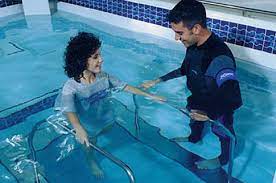
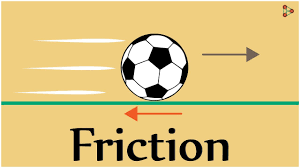
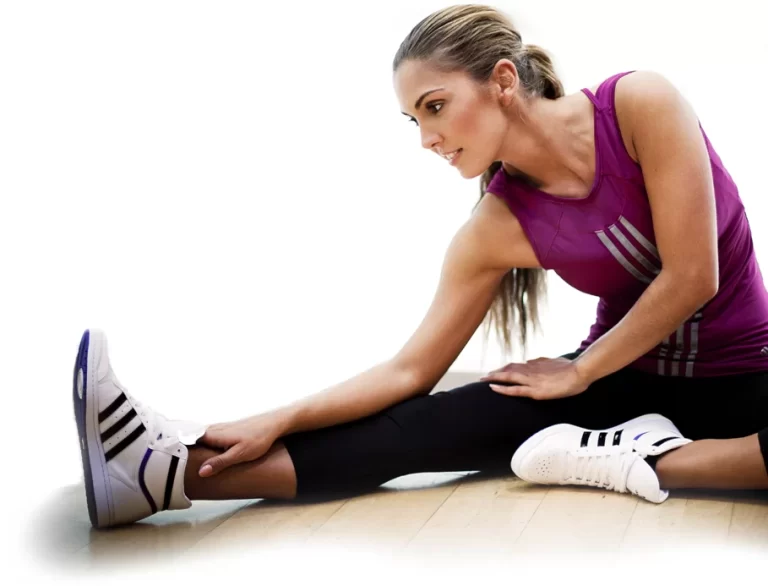
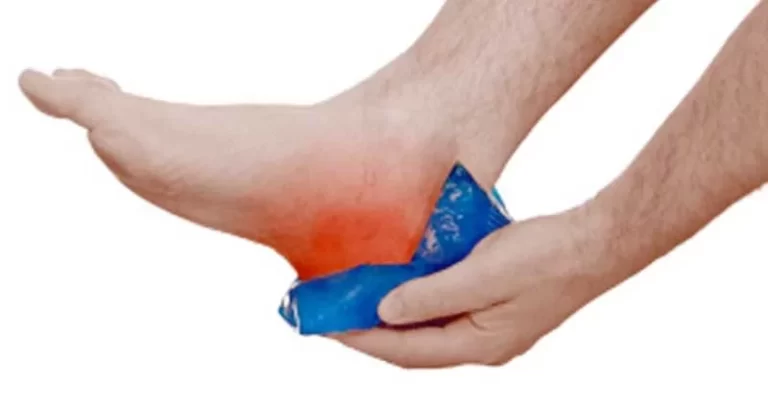
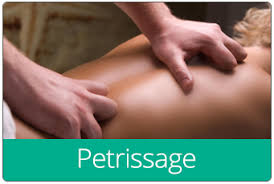
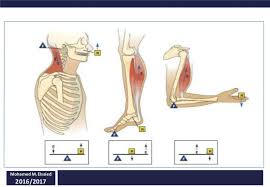
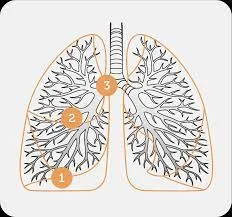
2 Comments